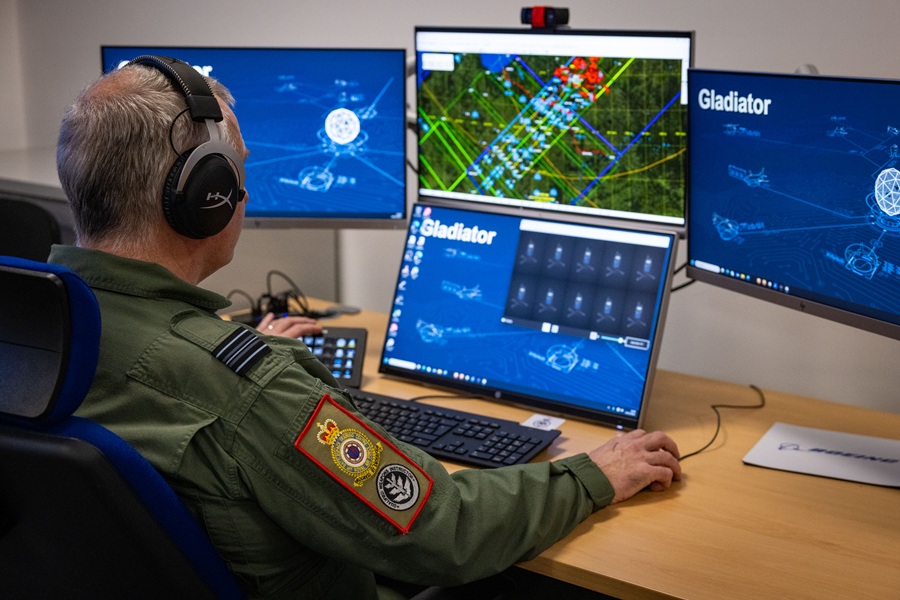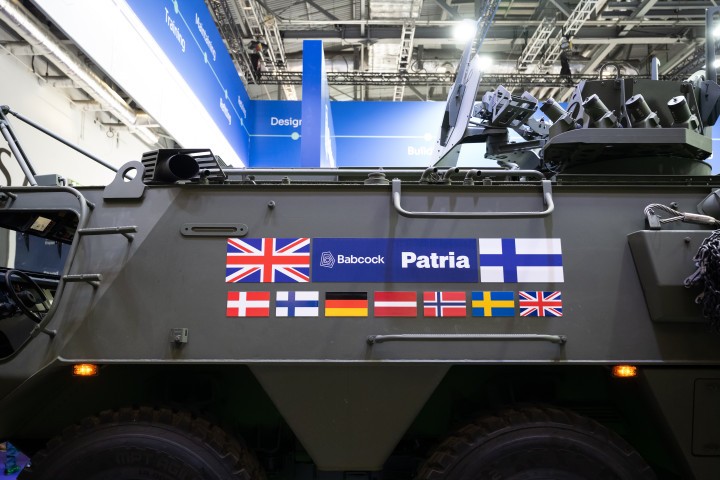Rising geopolitical tensions boost EW spend

Courtesy Frost & Sullivan.
The emergence of stealth and low observable aircraft along with Anti-Access/Area Denial (A2/AD) systems has made integrated air defence networks very complex and difficult to counter. Also, the development of new missile-seeker technologies for surface-to-air missiles poses a serious threat to aircraft as they bypass existing missile-detection systems.
The presence of these new threats is driving the demand for modern electronic warfare (EW) systems that are sensitive enough to detect and engage targets before they are visually seen. A recent analysis of the global military airborne electronic warfare market forecasts the sector to rake in revenues over $30.8 billion between 2018 and 2028, with $21 billion worth of addressable opportunities arising from the planned and forecasted procurement of EW equipment.
"Many countries will be modernising their aging fleets through upgrade or replacement programmes in the next 10 years," said Ryan Pinto, Research Analyst, Aerospace and Defence at Frost & Sullivan. "With an increased focus on EW systems, this modernisation phase will provide opportunities to replace their existing EW capabilities with modern systems that can counter new threat environments."
Frost & Sullivan's latest research, Global Military Airborne Electronic Warfare Market, Forecast to 2028, investigates the potential of military electronic warfare (EW) equipment in today's volatile geopolitical climate.
The report explores the trends influencing electronic warfare and the factors driving sector growth and offers a segment-wise analysis of the global electronic warfare market. The research also provides detailed revenue forecasts and identifies promising opportunities for growth in the sector.
With Russia demonstrating its advanced electronic warfare capabilities in Ukraine and Syria, China has refocused its efforts toward showcasing similar capabilities in the Pacific.
The two countries see EW as an important force multiplier during a conflict. This has made bridging the EW capability gap a major priority for the US and NATO countries to maintain their advanced capabilities and remain competitive. New threats in the EW domain will drive new research and procurement programmes.
"There is a growing need for indigenisation and collaborative production, especially in emerging markets such as Saudi Arabia and India," noted Pinto. "Defence majors will have to vary their market strategy accordingly to access emerging opportunities in these markets."
Companies operating in this sector can also foster growth by:
- Offering more robust EW systems that would enable assets to conduct hybrid EW and CW tasks simultaneously.
- Developing faster signal processing and miniaturisation to increase the sensitivity of jammers.
- Integrating Artificial Intelligence (AI) and neural networks to enable quicker reactions, faster identification and effective suppression.
- Reducing the size of EW payload to enable horizontal integration of multiple payloads.
Global Military Airborne Electronic Warfare Market, Forecast to 2028, is a part of Frost & Sullivan's Aerospace & Defense Growth Partnership Service program, which helps organisations identify a continuous flow of growth opportunities to succeed in an unpredictable future.












